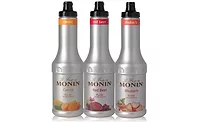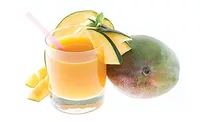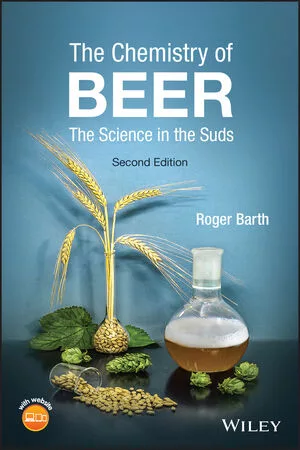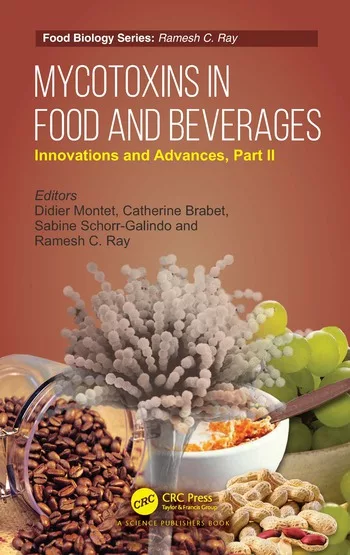Clean-label appeal of beets drive new product development
Beet provide sweetness, natural color and health benefits
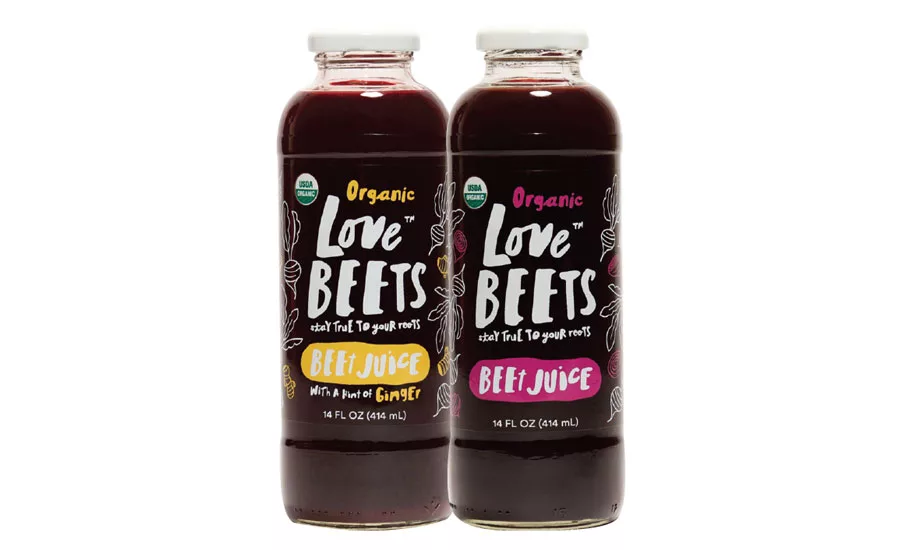
When the all-girl rock band the Go-Go’s released their rock anthem, “We Got the Beat," in 1980, it’s a pretty sure bet that red beets as beverage ingredients were not “rocking” store shelves. Today, beverage manufacturers are singing the praises of this versatile, functional vegetable that is being blended into cold-pressed juices, kombuchas, shrubs, lattes and even cocktails.
Both alcohol and non-alcohol products are utilizing beets, says George Shropshire, general manager of Love Beets USA LLC, Bala Cynwyd, Pa. “Non-alcohol beverage companies are using beets for a health standpoint in an elixir, kombucha, raw juicing or in a latte,” he explains. “Beets are very trendy for mixologists because the flavor profile marries well with several liquors balancing a cocktail nicely. Beets also have a beautiful, vibrant color, which lends itself well to beverages and makes them stand out.”
Trends toward clean-label, natural and organic beverages also are impacting the use of beets. “Beets are naturally sweet, so it is beneficial when a consumer is reading the label, they can see that beets are the only ingredient,” Shropshire says. “The consumer is typically shocked by how sweet the juice can be without any added sweeteners.”
Love Beets USA offers an organic beet juice that is 99 percent beet and 1 percent lemon as well as a beet juice enhanced with 6 percent ginger, it says. “There aren’t too many plain beet juices out there and I think we want to position ourselves as one of the only ones,” Shropshire says. “Their health benefits and flavors speak for themselves.”
Beets frequently appear in sports nutrition products because they’re naturally high in nitrates, which oxygenates the blood and promotes muscle recovery, says Ilana Orlofsky, marketing manager at Niles, Ill.-based Imbibe. “One brand, Beet-It, centered their whole identify around fitness and beets, and offers a variety of beet-based products including shots and nutrition bars,” she says.
Instagram posts have increased 128 percent since Imbibe started watching the beet hashtag last August. “Beetroot lattes have contributed to the growth,” she explains. “ . … Fruit and veggie juices, drinkable soups and beverages that value natural sources of color are highlighting beets as an ingredient.” Shrubs, or drinking vinegars, are an emerging category that may benefit from incorporating beets, she adds.
Otis F. Curtis, business development for Taste & Nutrition Solutions at Beloit, Wis.-based Kerry, also touts the good-for-you benefits of beets which contain natural, antioxidant-rich phytochemicals. “The very natural of plant pigments are free-radical receptors, i.e., antioxidants, and few fruits or vegetables have such potency,” he says.
Love Beets’ Shropshire adds: “Beet can lower blood pressure, increase energy, endurance and stamina, promote liver health and aid in muscle recovery. It also is good for the circulatory system and the heart. People see nitric oxide in their pre-workout supplements, so they are making the connection that beets are healthy.”
The majority of food manufacturers use beet for three purposes: natural color, nutrition and sucrose, Kerry’s Curtis says. Yet, beets’ ability to provide natural color tends not to be emphasized.
Close to nature
When using beet for nutrition and color, Curtis recommends adopting formulary strategies to optimize the finished flavor profile. “Our TasteSense technology is designed to help mask or change the perception of raw materials such as beets when trying to reduce or minimize the ‘vegetable’ character of the final product.”
Kerry offers Crystal, a patented, low temperature drying process that retains the authenticity of taste, color and nutrition of the named ingredient. Its beet Crystal, a free-flowing powder with limited taste contribution, can be used in dry beverage formulations to increase the ruby-red color and perceived red fruit taste.
In addition to flavor and nutritional benefits, beet sugar is seeing increased usage in products hoping to appeal to consumers seeking a more natural, close to nature source of sweetness, says Nathan Pratt, Kerry’s research, development and applications scientist.
In Europe and North America, beets also are used to produce sucrose in regions or climates where sugar cane production is not possible, Curtis adds.
“Companies are striving to have their product ingredient labels look as close to a kitchen recipe as possible,” Pratt says. “Beet fiber is also an ingredient we are seeing added to products, although the functionality of beet fiber may make it more suitable to foods than beverages.”
Imbibe’s Orlofsky also notes the functionality of beet within the beverage matrix and suggests the ingredient is slowly becoming more mainstream.
Kerry’s Marketing Manager Nina Jacobsen highlights that the use of beets is increasing due to flavor mash-ups and the combination of sweet and savory. “They are being pair with flavors such as cilantro, spinach, kale and ginger,” she says.
“The future is promising for beets,” Kerry’s Pratt says. “Beet roots are a source of quite a few different functional ingredients that can be used for color, flavor and nutrition. Consumer demand for naturally sourced product solutions means these types of ingredients will only become more appealing.” BI
Looking for a reprint of this article?
From high-res PDFs to custom plaques, order your copy today!




